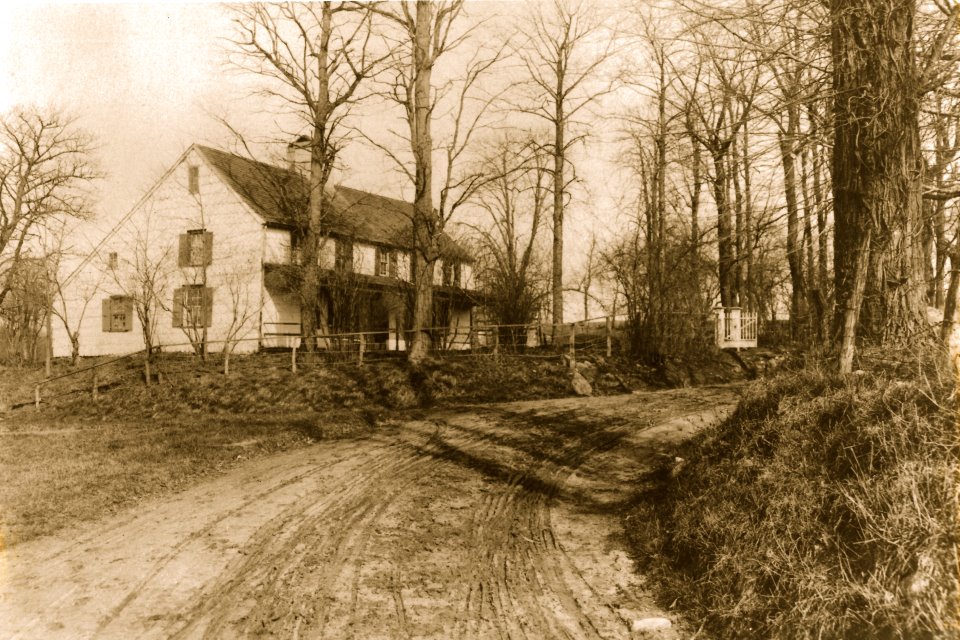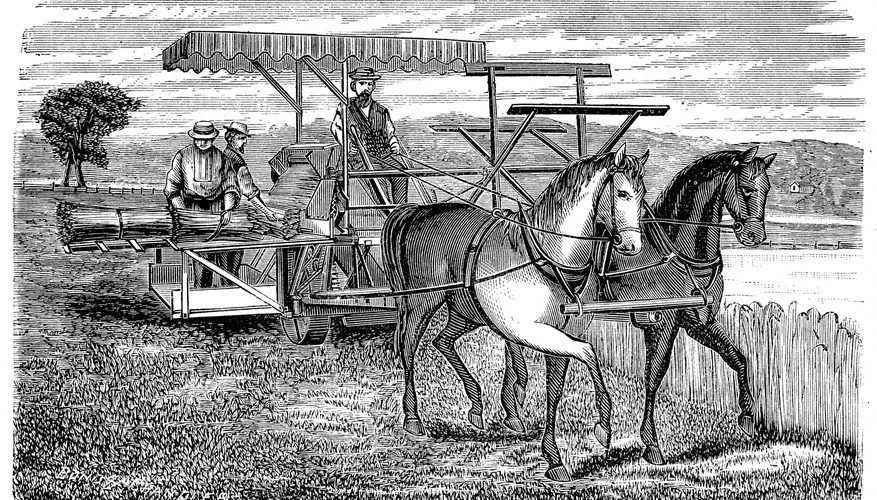Welcome to Rye!
Rye, New York is a fascinating place that sits in the crossroads of America’s history, both literally and figuratively. From native peoples to European exploration, the colonial period to independence, emancipation to immigration, industrialization and transportation, prohibition and suburbanization, Rye played an integral part. In fact, the story of Rye is really the story of America.

A Brief History: 1600 – Today
Founding Rye & Early Settlement
The Rye Historical Society acknowledges the Indigenous peoples — the Munsee Lenape, Wappinger, and Schaghticoke — who are the original inhabitants of the land now known as Rye, New York. We pay our respect to their tribal members past and present. Indigenous ancestors have resided here since Time Immemorial; this coastal region was their homeland. Indigenous peoples experienced genocide and displacement during the colonial era and beyond. Today, we celebrate their heritage and traditions. We honor their stewardship of this sacred land in the past, present, and future.
We acknowledge today’s Lenape communities, including Lenape people who belong to the Delaware Nation and Delaware Tribe of Indians in Oklahoma; the Stockbridge-Munsee Community in Wisconsin; and the Munsee-Delaware Nation, Moravian of the Thames First Nation, and Delaware of Six Nations in Ontario. We acknowledge the Schaghticoke people of Connecticut. This is a living land acknowledgment, and we will continue to revise and strengthen it in collaboration with community members.
When the first English settlers arrived in Rye in 1660, the area was inhabited by the Munsee Lenape or Algonkian nation. The Munsee Lenape lived off the bounty of the land in seasonal campsites, spending the spring and summer along Long Island Sound and moving inland in the fall. They grew corn, beans and pumpkins and relied on abundant oysters, other shellfish and small game. Their dwellings or wigwams were dome-shaped, built by lashing bent poles together and covering the structure with bark or thatched reeds, thus enabling quick assembly and easy transportation.
On January 3, 1660, three Greenwich residents, Peter Disbrow, John Coe and Thomas Studwell, signed an agreement with the Siwanoy to acquire the land between Long Island Sound and the Blind Brook, known as Peningo. Later in 1660, the same settlers acquired Manursing Island, paying 8 coats, 7 shirts and 15 fathom of wampum. They named their village “Hastings” after a coastal town in England. By the time additional settlers arrived in 1664, there was no more room on Manursing. The new settlers built their cabins on the mainland where Playland and Rye Town Park are now located and named their settlement “Rye” after another English coastal town. In 1665, Hastings and Rye merged and the village on Manursing Island was abandoned.
Colonial Period
Rye was at the intersection of conflicting territorial claims for the first seventy years of its existence. When the English took control of New Amsterdam in November, 1674 and transformed the Dutch Colony into what we now know as New York under English rule, Rye’s position as a Connecticut settlement was threatened. Rye alternated between being part of the New York colony and Connecticut colony until 1700 when the border dispute was finally settle and Rye was officially decreed by the English King as part of New York.
Colonial Rye was a small farming community, but its position along the Westchester Path (later, the Boston Post Road) made it an important post and stagecoach stop. The post from New York to Boston started in 1673 and took 14 days. By 1722, stagecoaches were traveling over the road (known as the King’s Highway) and stopping in Rye. The center of Rye moved from the Long Island Sound area to the King’s Highway, aided by Strang’s Tavern at what is now the corner of the Post Road and Rectory Street and the Square House. Both taverns were the center of colonial life, providing local residents and travelers with food, drink, shelter, entertainment, news and politics.
During the Revolutionary War
The Revolutionary War had a devastating impact on Rye, even though no battles were fought within its current boundaries. Rye was “neutral ground” between the Patriots in Connecticut and the British in New York. As a result, Rye was subject to marauding and devastation by both sides. Rye’s population was divided between Patriots and Loyalists (or Tories), with the Loyalists holding a slight advantage. Feelings ran high on both sides and families often faced divided loyalties. Many residents, including Mrs. Haviland, the Square House tavern keeper, left Rye for safer territory further north. Fields and houses fell into ruin. It was years before Rye recovered to what it had been before the war.
Early Economy: Farmer’s and Craftsmen
From the initial settlement of Rye until the middle of the 19th century, the majority of Rye’s residents were farmers. Many farmers augmented their income, particularly in the winter, by also serving as wheelwrights, carpenters, saddlers, tailors, hatters, weavers and rope makers. The population remained small throughout this period, ranging from 722 in 1710 (including both Rye and Port Chester) to 986 in 1790. The opening of the Erie Canal in 1825, which allowed for the shipment of agricultural products to Manhattan from more competitive farms in western New York, led to the decline of farming in Rye.
Rye had an unusually large number of mills in the late 1600s and 1700s. The brooks in Rye had a much greater flow of water before the New York City reservoir system was built in the mid-1800s. The first mill in Rye was built in 1656 on the Blind Brook near Oakland Beach Avenue. At the time of the Revolutionary War, 15 or 20 mills were operating in Rye and Port Chester, including one behind the Square House.
Economic Development: Arrival of the Railroad
Prior to the arrival of the railroad in 1849, the most efficient mode of transportation to and from Rye was by water. There were active ports at Milton Harbor and Port Chester transporting passengers and cargo to and from Long Island and Manhattan, as well as ferries from the foot of what is now Guion Road. The first wharf on Milton Harbor was built in 1679 and maritime and transportation businesses grew up along its banks.
The coming of the railroad to Rye in 1849 brought a new and different population to Rye — first, wealthy New Yorkers looking for a summer respite from the city, and then year round commuters. During the second half of the 19th century, many wealthy New Yorkers built luxurious country houses on large estates in Rye, particularly along the shoreline, that were only occupied during the summer. These estates covered a substantial part of what is now the City of Rye and had extensive gardens and lavish mansions.
By the late 1800s, the area where Playland and Rye Town Park are now located had become a summer resort frequented by people of more modest means. There were hotels, small summer bungalows, restaurants and amusement parks predating Rye Playland
Into the 20th Century and Beyond
Shortly after 1900, people started to commute from Rye to New York City by train on a daily basis and Rye became the bedroom community it is today. This process accelerated greatly in the 1920s when automobiles gave people much greater mobility. The beginning of the 20th century also saw the subdivision of the large Rye estates into smaller parcels for suburban houses. The estate built by Jared Peck on the Boston Post Road in 1860 was subdivided into Loudon Woods in 1910. Indian Village was developed about the same time, as was the Halsted property near the Knapp House. The Brevoort “farm” became Greenhaven during the 1920s, subsequently home to many prominent families in publishing and the motion picture industry.






